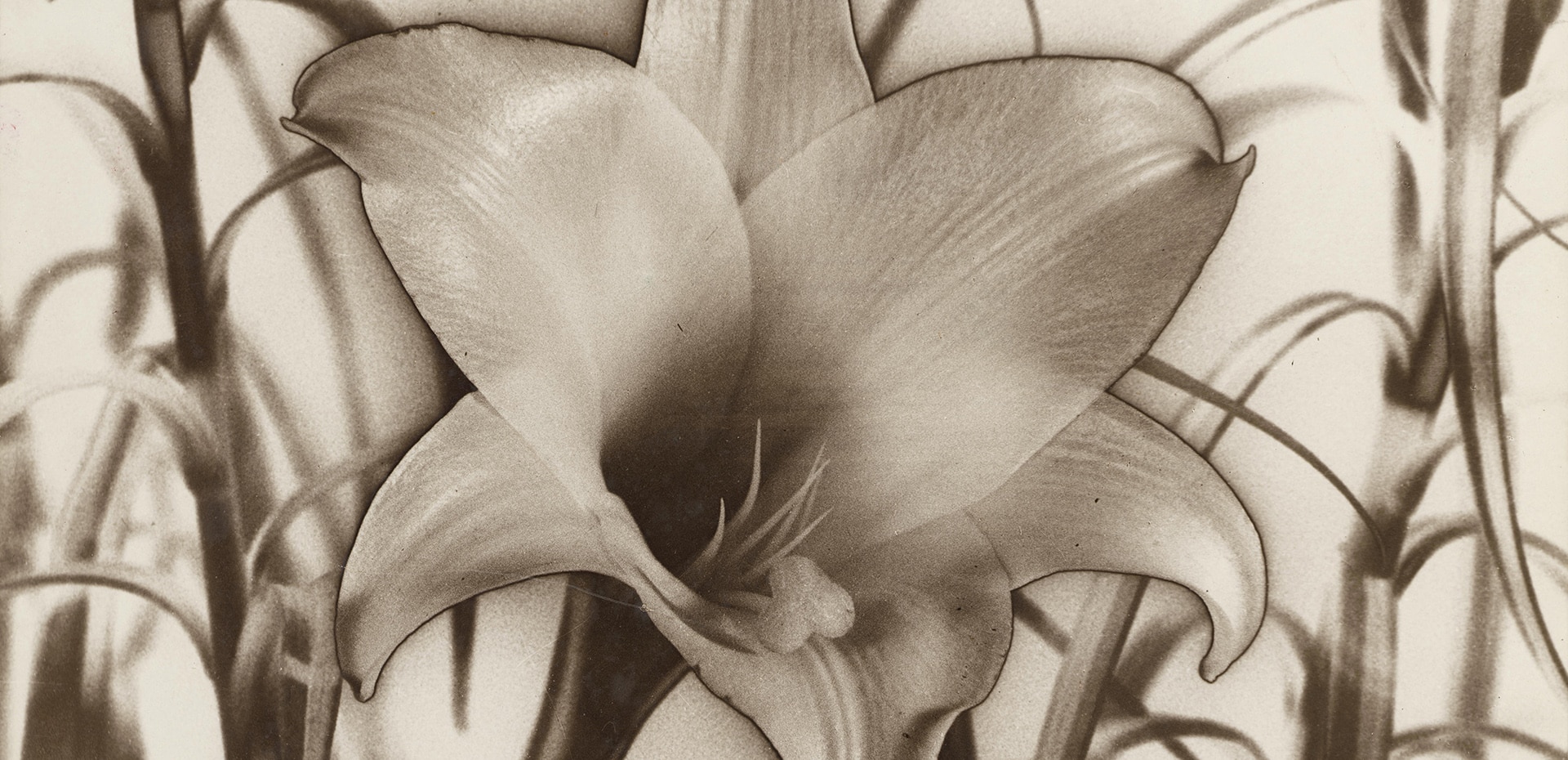
Directly across from Central Station, in a building built in the 1930s under the Japanese occupation, is the new National Center for Photography and Images (NCPI) in Taiwan that opened last April. More effectively than any lengthy speech, the inaugural exhibition shows how eventful the history of the island has been through 600 works taken from the museum’s collections: reproductions, albums, original prints. Its title: “Hold the Mirror up to His Gaze”, in reference to the expression used by the British Thomas Johnson (1837-1921), whose images welcome visitors that have grown all the more impatient given that they’ve had to wait for the opening of the center since its gestation in 2015.
Johnson, who claimed to “hold up a mirror” to his European peers, a metaphor borrowed from Shakespeare, landed on the island at the end of the 19th century along with scientists and missionaries from France, the United Kingdom, United States and Japan. They set up their devices in front of the peaceful landscapes of Keelung or Kaohsiung, free ports open to international trade under the Order of the Canons. These devices yielded pristine wild coasts that one would be hard-pressed to recognize in today’s industrialized coast. Upon their return to a rapidly expanding imperialist West, they exhibited full-face and profile portraits of Aboriginal communities, such as the one of the woman with the stunned look on her face, who stares directly into the lens and whose clothes disappear under the swaddling clothes of her sleeping infant.


The arrival of the colonial power of Japan changed the way photography was done in Taiwan: as the colonial administration gradually took over the territory, the art form itself became an instrument of domination. At the turn of the century, pioneers such as Matsuzaki Shinji and Ogawa Kazumasa documented soldiers with martial appearances and childish faces, aboriginal tribes that included headhunters displaying the skulls of their conquests as family jewels, and life in the paddy fields for the Han people, come from the mainland. Among the images that were authorized to circulate were portraits of Japanese families in kimono and the symbols of imperial power, including the brand new buildings in central Taipei, worthy of a Belle Epoque Paris right smack in the middle of the Far East.
Perhaps the most fascinating part of the exhibition is the one where we can see the gradual emergence of Taiwanese photography, as the colonized subjects began to gradually lay claim to photography and make it their own. Trailblazers who studied photographic techniques abroad, most often in Japan, began to set up their own studios upon their return and produced work with distinctive aesthetic approaches that made them stand out. One artist would use Peking opera actors as his models, while another might favor highly cinematic staging. A young dandy who went so far as to shoot self-portraits on the sand wearing nothing but a pair of swim shorts is undoubtedly the ancestor of the Taiwanese Instagram. Visitors are surprised to find affinities with the experiments of their Western peers: the high contrast white fleur-de-lis, open like a bugle, looks like it could have been photographed in New York or Paris… by Man Ray.


Photography, buoyed by newer technology, in particular 35mm cameras, grew in popularity. Photographers began to form clubs, to publish colorized portraits for newspapers and magazines such as those sold in cosmopolitan Shanghai or pre-war Tokyo. They gradually took their cameras outside their studios, and, in the manner of the pictorialism of Edward Steichen or Alfred Stieglitz, they began roaming the streets and towns of an island undergoing agrarian change and industrialization.
Two decades before the withdrawal of the nationalist troops, the future masters of Taiwanese photography began to emerge – Peng Ruei-lin, Chang Tsai, Hong Kong-da, Deng Nan-guang, Long Chin-san and Lee Ming-tiao, each with their own style. Long Chin-san’s majestic photographs imitate the poetic aura of Chinese ink drawings, a far cry from those of Chang Tsai who, from Shanghai to Taipei, looks like an oriental Cartier-Bresson. In the case of each of them, and this is the most moving part of the experience, we are given to witness firsthand the birth of the conscious awareness with which Taiwanese artists point their cameras at their country and era.

Such was the ambition of the exhibition envisioned by artist and writer Lee Hongjohn: to chart an intellectual path through which to “tell the story of Taiwanese photography” and “to shed light on darker, little known aspects of Taiwanese cultural and colonial history.” By finally turning the mirror over.
By Jehsin Wei-Khoo
“Hold the Mirror up to the Gaze, the Early History of Photography in Taiwan” (1869-1949), through August 1st, 2021 at the National Center for Photography and Images in Taipei (Taiwan), n°70, Sec. 1, Zhongxiao West Road, Zhongzheng District.
Hold Up the Mirror up to the Gaze, National Center of Photography and Images’ editions, National Taïwan Museum of Fine Arts (800 NTD).
Additional information here.


